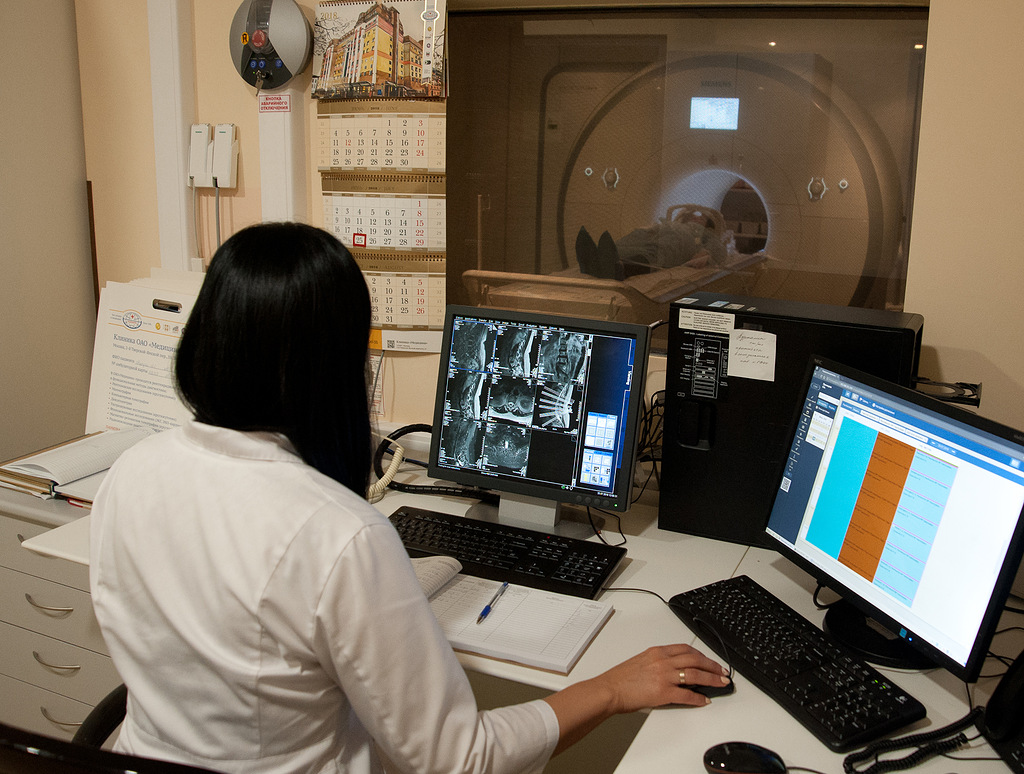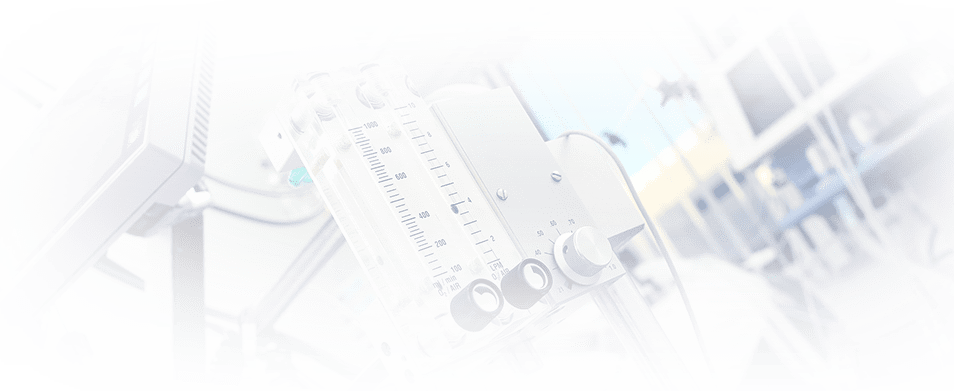MRI of the foot

Magnetic Resonance Imaging (MRI) of the foot and ankle is a painless and non-invasive method of the layer-by-layer diagnostics of the bones, tendons and joints of the lower extremities. A contrast, which is given intravenously, is used for checking the blood groove. The procedure is usually applied after injuries, and also in order to examine the area of ankle joint thoroughly before the surgical treatment. MRI-scan makes it possible to study the foot anatomy in detail, assess its position regarding the long axis and identify the early stages of such anomalies as:
- fracture;
- dislocation;
- fractures;
- destruction of the cartilage tissue;
- injuries to the muscles and vessels;
- arthrosis;
- inflammatory processes;
- diabetic osteoarthropathia (charcot foot).
In JSC «Medicina» Clinic (Professor Roytberg Clinic) layer-by-layer diagnostics is conducted around the clock on the MRI apparatus with a power of 3 Tesla. The equipment ensures precise images in any projection. The thickness of each layer during the examination is about 1mm. The procedure lasts for 20-40 minutes.
Cost
| Name of the service | Prices(rub.) |
| Magnetic Resonance Imaging of the foot | 17 840 |
| Magnetic Resonance Imaging of the foot with intravenous contrasting | 34 600 |
| Computed tomography of the ankle joint | 12 220 |
| Magnetic Resonance Imaging of the ankle joint with contrasting | 35 400 |
Indications and contraindications
A foot examination with MRI is recommended in the following cases:
- foot pain;
- inflammation;
- traumas;
- changes in the height of the midfoot;
- presence of heterogenous metal objects;
- vascular thrombosis concern;
- swelling of unknown origin;
- abscesses.
Also, MRI is used in preparation for a surgical intervention or assessing the recovery process during the medical therapy.
It is recommended to get tested before the procedure and discuss the specificities of your organism with a doctor, as the diagnostics has contraindications:
- presence of implanted metal constructions;
- a fear of enclosed spaces (it is possible to conduct an open MRI);
- pregnancy and lactation;
- difficulty in staying motionless;
- kidney disorder;
- overweight (no more than 160kg is permitted).
Inform the doctor about your state of health, so that he could select a safe procedure for you.
Sign up for the MRI of the foot to JSC «Medicina» Clinic (Professor Roytberg Clinic) by number: +7(495) 775-73-60.
Doctors







